Global Coffee Bean grading system details of Raw Bean grading Standards in Coffee producing countries
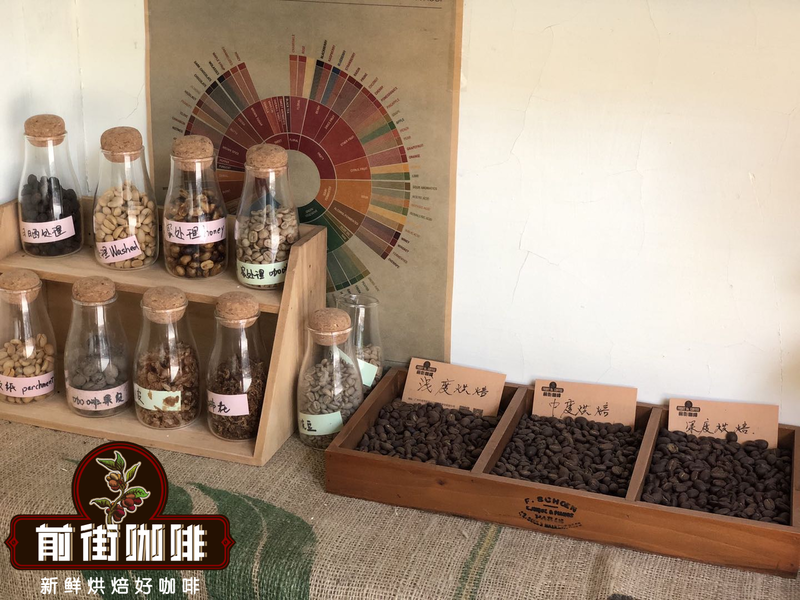
Professional coffee knowledge exchange more coffee bean information please follow the coffee workshop (Wechat official account cafe_style)
I believe that when buying coffee beans, my friends will have heard of Yega Xuefei G2, Kenya AA and so on. Such as G2, AA and so on represent the grade of raw beans of this coffee, and the grading standards of raw beans vary from country to country. The following Qianjie Coffee will share several representative raw bean grade standards of coffee producing countries.
Classification and classification of coffee
Coffee beans are usually graded according to defect rate, bean size, altitude, raw bean density, treatment standards, and so on. Due to historical reasons, trade interests, climate and topography and other factors, each country's producing areas can not be evaluated and classified according to a unified standard or simply on the basis of altitude. Nor can we compare a certain level of one country with that of another country.
1. Ethiopia (classified according to the proportion of defective beans)
Before the emergence of the Ethiopian Commodity Exchange (Ethiopia Commodity Exchange referred to as ECX), Ethiopia's coffee export grade was established by the CLU Department of the Ministry of Agriculture (Cupping and Liquoring Unit), mainly based on the number of defective beans in 300g, as shown in the table below.
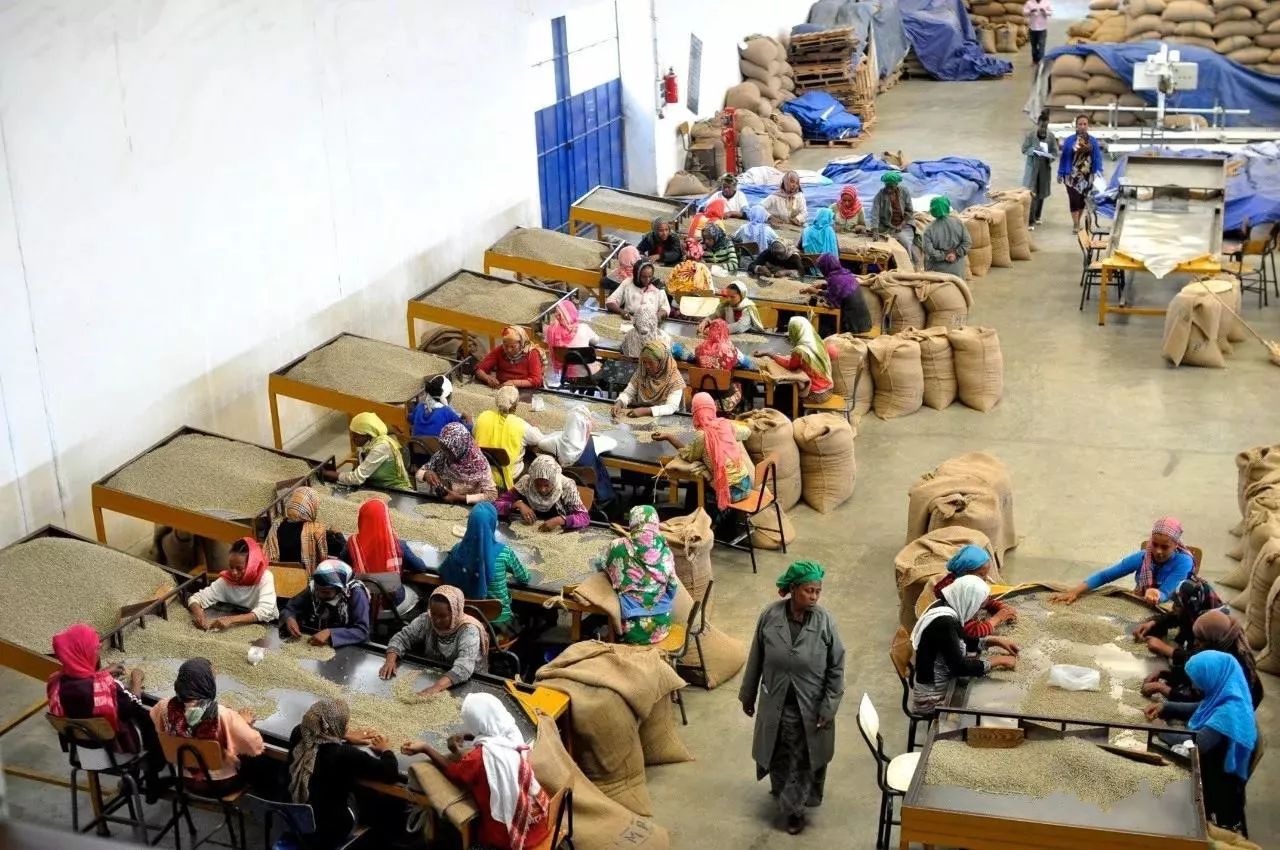
Number of grade defective beans (per 300g)
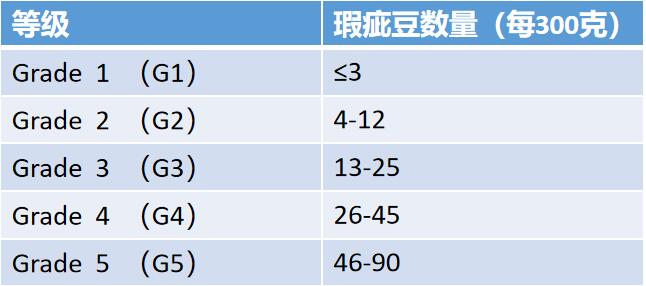
General washing treatment is G1-G2, due to the technical problems of sun treatment at that time, the number of defects of raw sun beans is relatively large, generally G3-G5, with the improvement of sun treatment technology, now the sun beans can also reach the G1-G2 level. After the establishment of ECX (Ethiopia Commodity Exchange) in 2008, it was graded by the combination of physical properties of raw coffee beans and cup flavor characteristics.
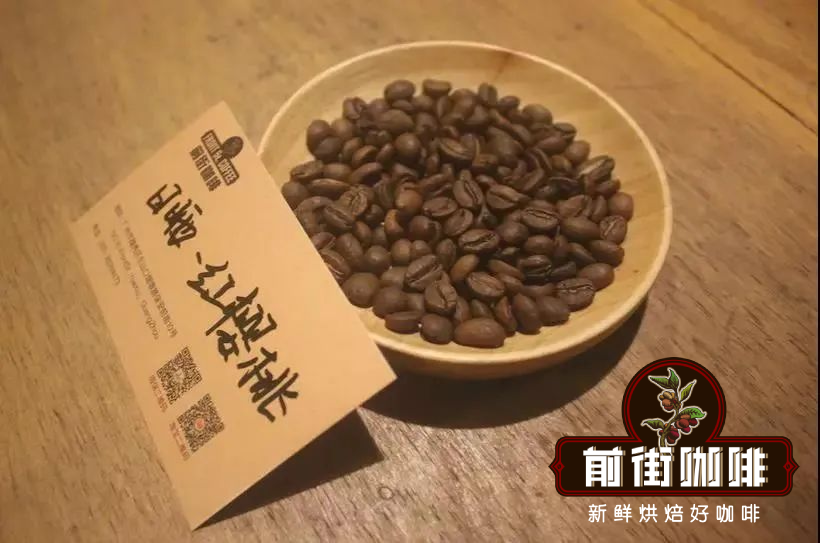
ECX defines all coffees as unwashed and washed as three types:
a. The number of defects in Speciality is less, and the cup test has high flavor quality.
b. Commerical does not reach the boutique grade, but it is higher than the domestic consumption grade (Local / Domestic).
c. Local / domestic (Local / Domestic) coffee with relatively poor flavor caused by a large number of defective beans (unripe beans), out of season and poor storage.
Among them, boutique and commerce are aimed at the export international market. ECX divides the coffee bean grade into nine grades according to the total score of physical attribute characteristics and cup test flavor characteristics, of which the physical feature score accounts for 40% and the cup test mass score accounts for 60%.
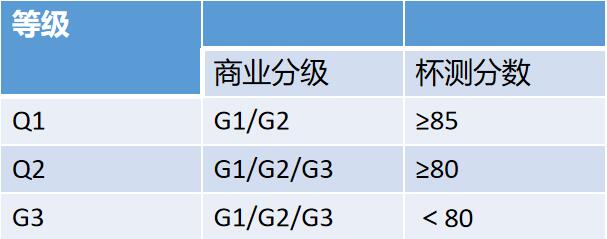
Physical characteristics (40%):
Washing treatment: number of defects (20%), appearance size (10%), color (5%), smell (5%)
Non-washing treatment: number of defects (30%), odor (10%)
2. Cup test quality (60%)
Grade fractional washing non-washing
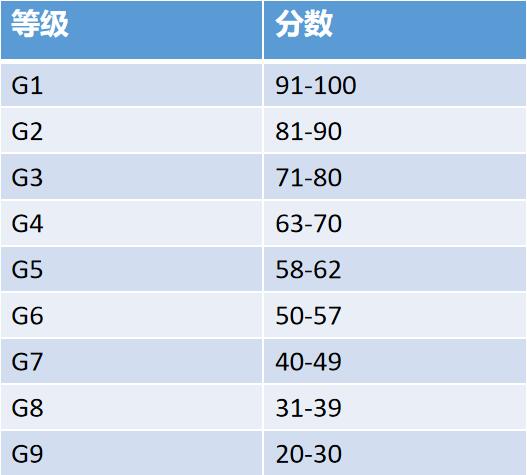
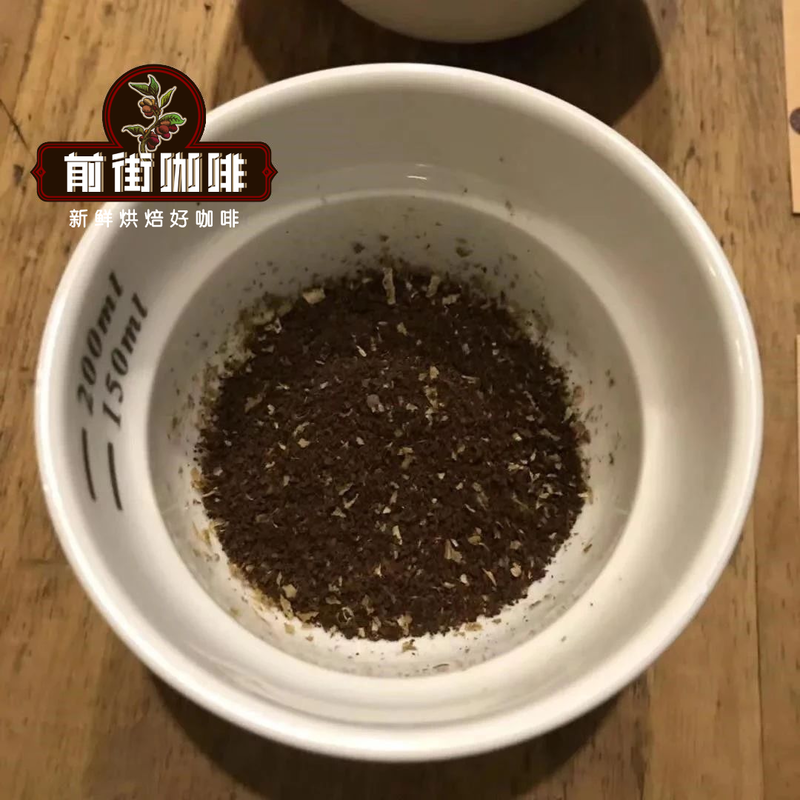
Then the G1-G3 was tested again according to the SCAA standard, and its flavor properties were evaluated in more detail, and the G1 and G2 with no less than 85 points were rated as Q1; among them, G1 and G2 were rated as Q2 for those between 80 and 85, and G3 for all G1Magi G2 G3 below 80; Q1 and Q2 were classified as exportation of boutique coffee beans. G4-G9 remains unchanged and is classified as commercial grade export together with G3.
3. Kenya (graded by particle size)
Kenya coffee beans are graded mainly according to the size of coffee particles, usually divided into eight grades.
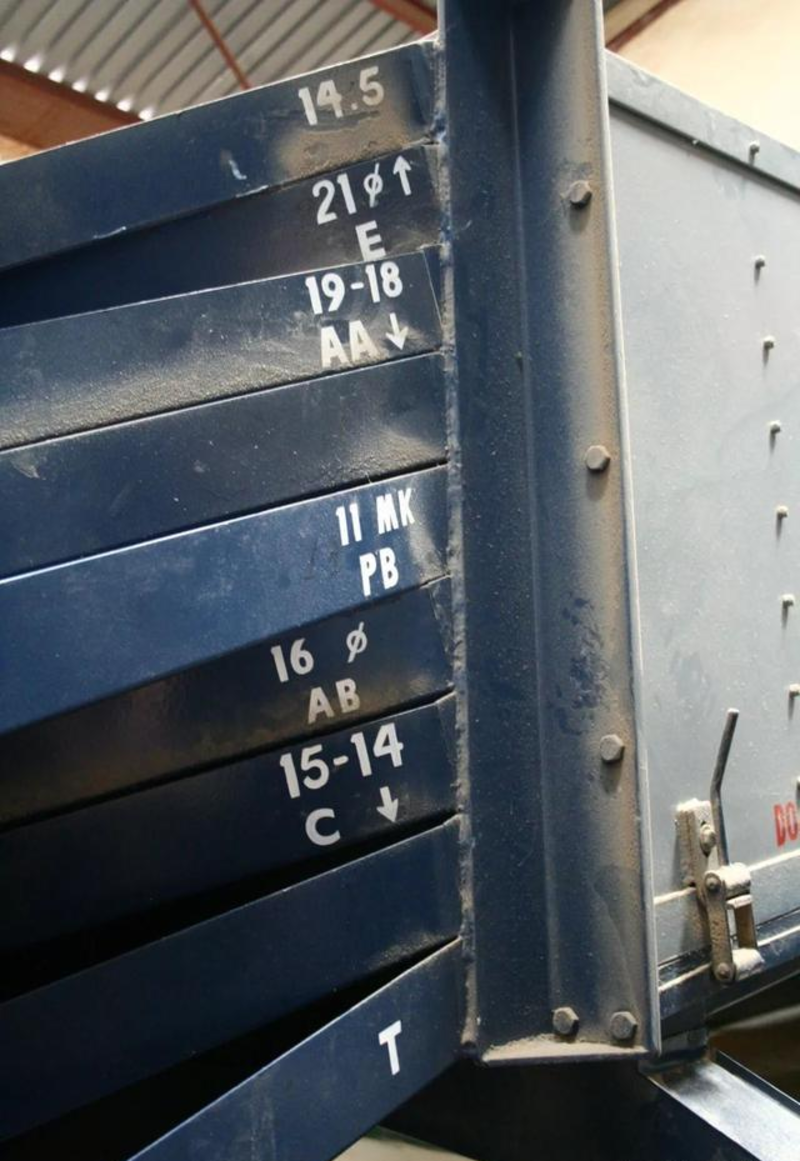
E (elephant bean): the "E" here stands for Elephant, that is, "elephant", but it is not the elephant bean in the coffee bean variety (Maragogype). It is a kind of bean whose two seeds are intertwined with each other because of abnormal development, forming a "seemingly one" bean, which can be regarded as a flaw. Generally speaking, there are two seeds in a fruit, affixed face to face, so there will be a flat side, called flat beans, mother beans. E-grade beans are beans in which two seeds stick together and become super-large in the process of growth. aah! aah! The size of E-grade bean particles is more than 18 mesh (1 mesh is 1 to 64 inches), and the number is rare.
AA: the size of this grade is about 17018 items (about 6.7~7.1mm), which is the Kenyan coffee grade that most people often hear. In boutique coffee, this grade is usually called AA TOP, and it is also a bean that most coffee shops will sell. But AA does not represent the best, it is just that the size of beans should not be confused with flavor.
AB: most coffee beans are in this category. The main reason why they are called AB is that A with a mesh size of 6.80 mm,B is 6.20mm, and these two sizes of coffee beans (An and B) are sold together, so they are called AB, with a size of about 15 million 16 mesh (about 6.0~6.4mm).
C: the particle size falls between 14015 mesh (about 5.6~6.0mm), which is smaller than that of B grade.
PB: the full name is Peaberry, also known as small round beans, can also be called public beans. Compared with ordinary flat beans, this is also rare, accounting for about 10% of all coffee beans, mainly because only one seed in the fruit has developed to get small and round beans. Some people will particularly like the flavor of PB, so they will pick out the PB and sell it.
TT: these coffee beans are light beans selected from AA and AB beans by air sorter. They are usually light in weight and substandard in hardness, as well as broken and defective beans.
T: lighter beans, broken beans, and even broken fragments of beans selected from C-grade beans.
MH/ML: this kind of coffee beans will not be exported. They are usually coffee beans that are overripe and fall to the ground. They are of poor quality, accounting for about 7% of all coffee beans, only for the Kenyan domestic market.
There are many countries classified by the size of raw beans, such as Tanzania, Rwanda, Colombia, Jamaica and so on.
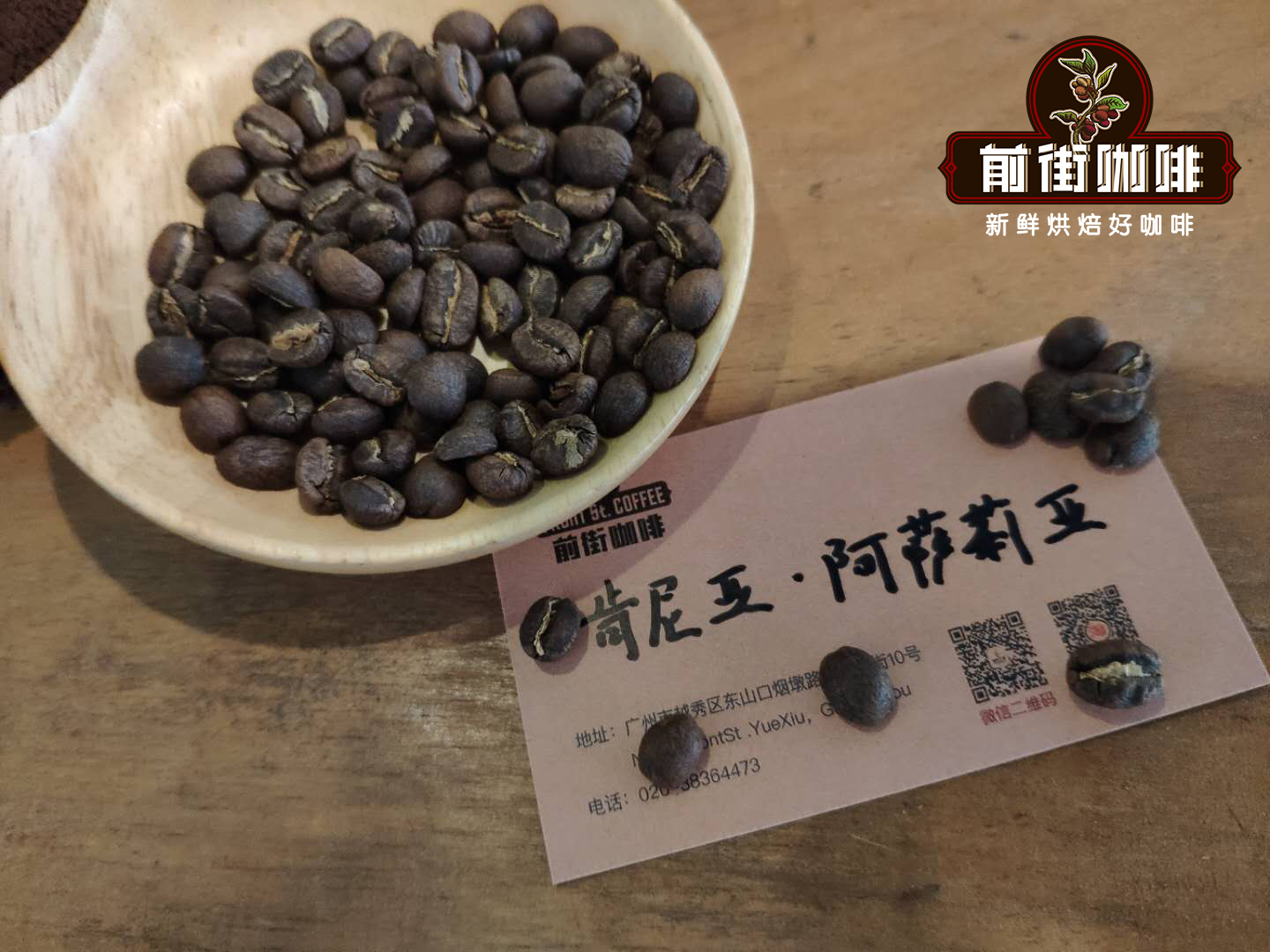
Front Street Coffee Asalia of Kenya is rated AA
4. Colombia
Grade and size standard
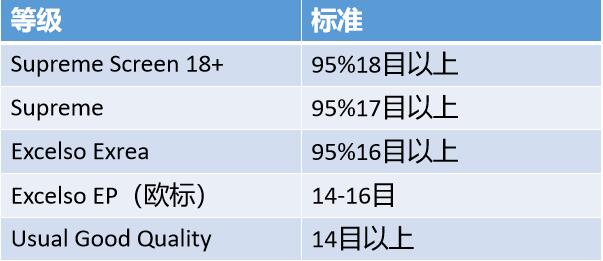
Jamaica
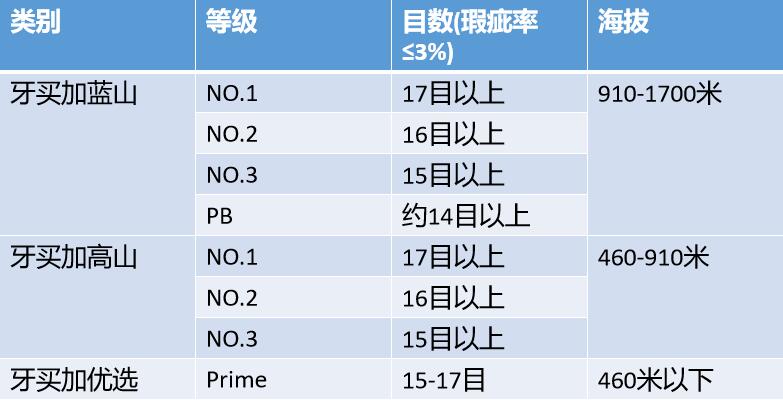
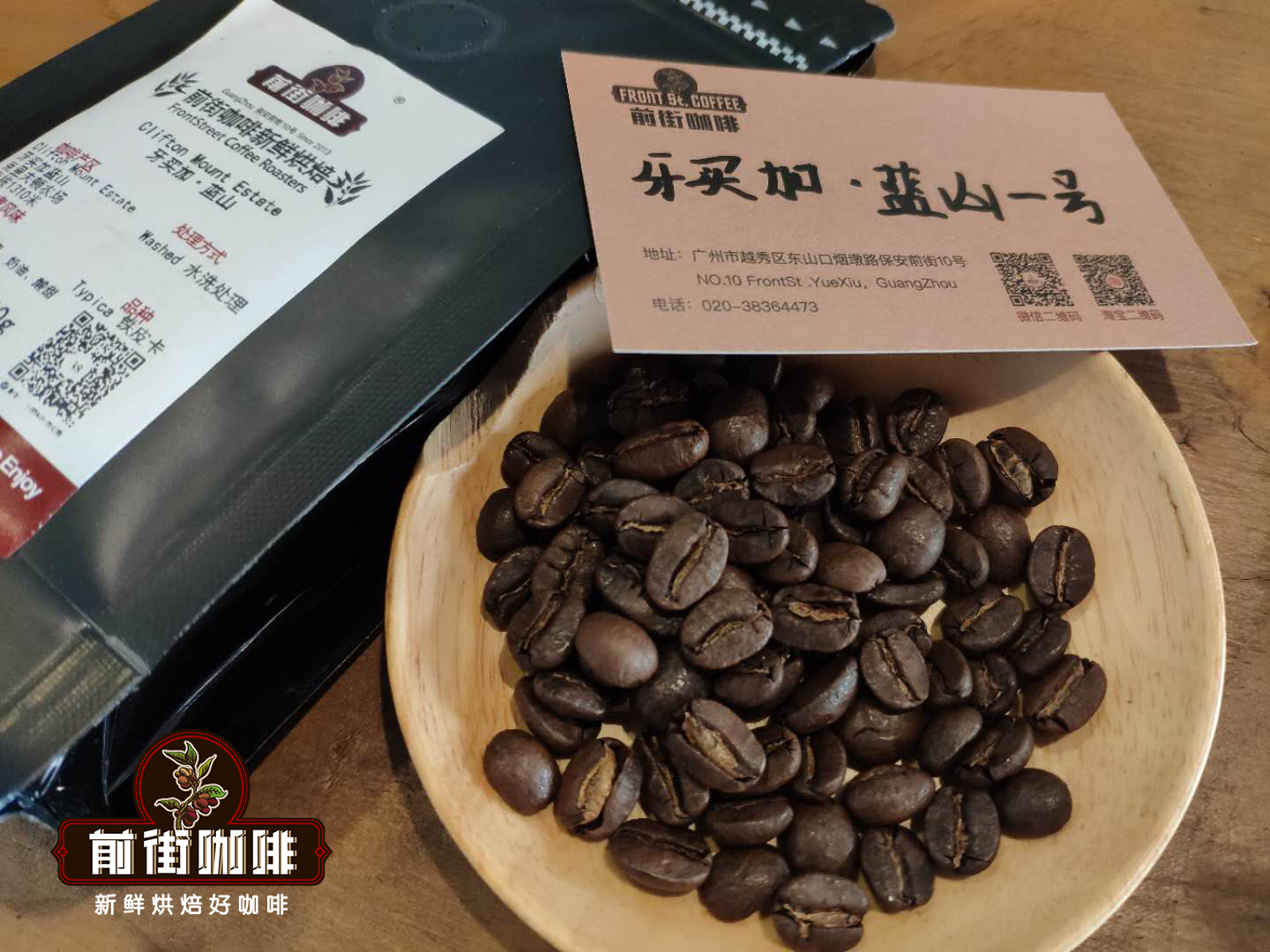
The front street coffee Jamaica Blue Mountain belongs to the NO.1 class, which is commonly known as Blue Mountain one.
5. Costa Rica, Panama, Guatemala (graded by hardness of raw beans)
At the same latitude and on the same plot, the higher the altitude, the greater the temperature difference between day and night, the longer the coffee growing period, the harder the beans, the more nutrients absorbed in the beans, the more obvious the flavor substances will be.
Grade altitude
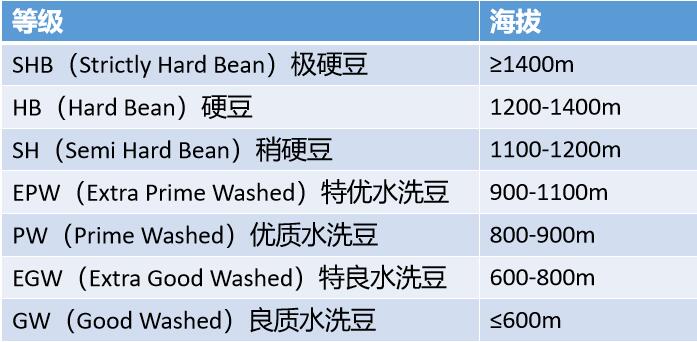
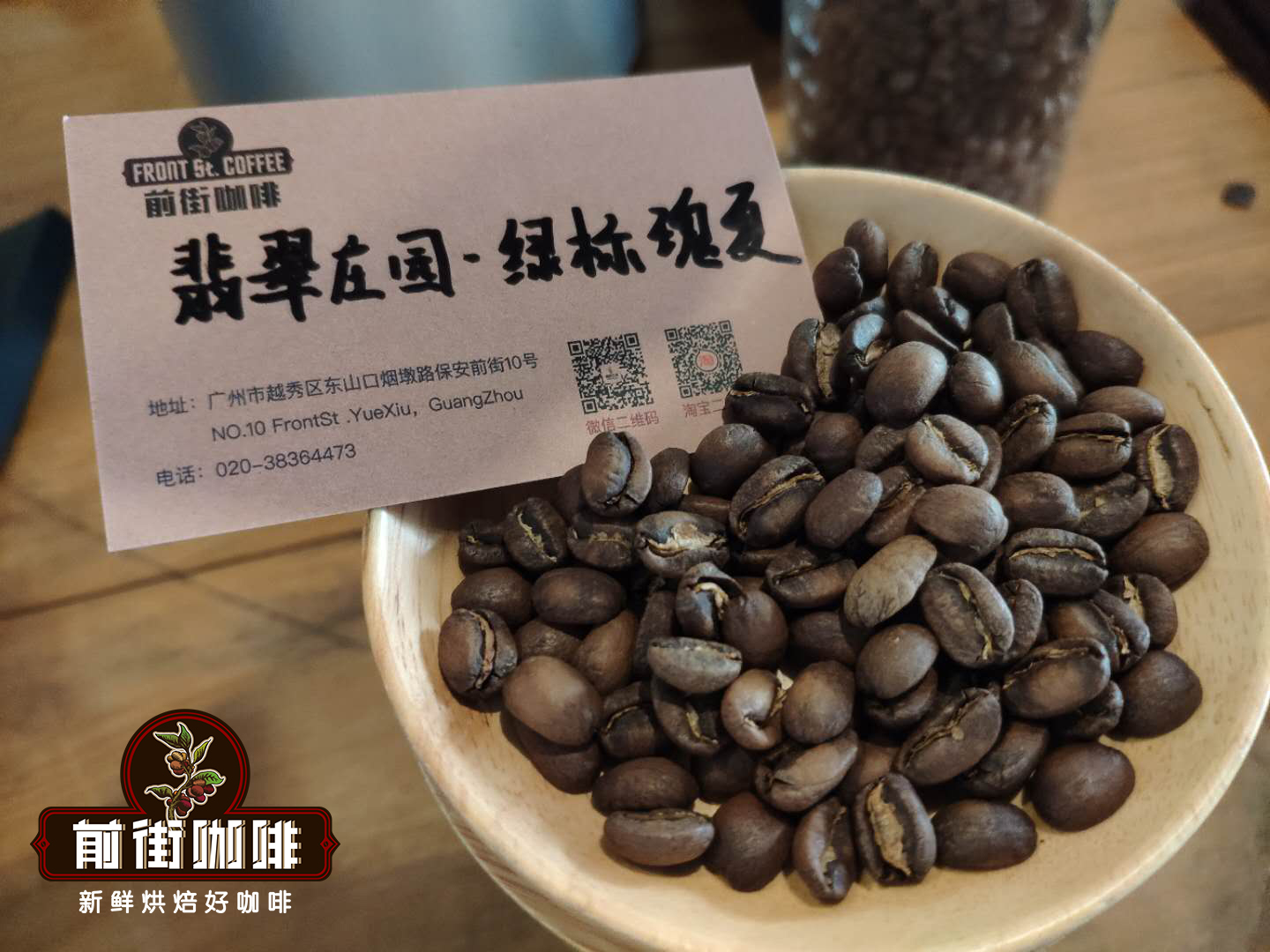
Qianjie Coffee Panamanian Emerald Manor Green label Rose Summer belongs to the SHB level, extremely hard beans.
6. El Salvador, Honduras (classified by altitude)
Grade altitude (El Salvador) altitude (Honduras)

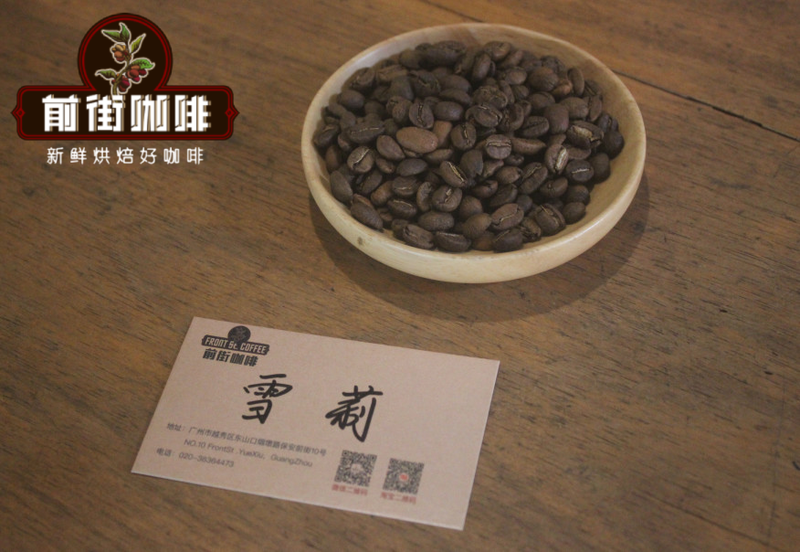
Front Street Coffee Honduras Shirley is rated SHG
7. Brazil (graded by particle size, defect rate and cup test score)
Brazil believes that only completely flawless beans can become NY.1, while completely flawless beans do not exist. So, among the raw beans in Brazil, the best is NY.2.
According to coffee bean size (NY grading)
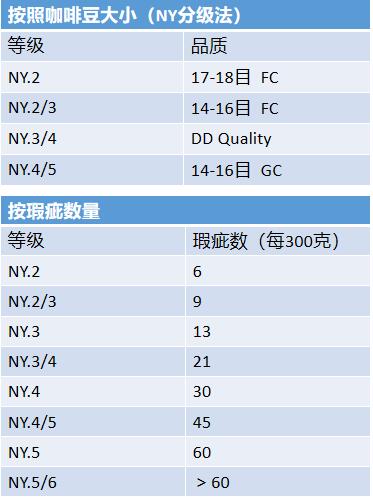
According to the cup test level, it is divided into:
Fine Cup (FC), Fine, Good Cup (GC), Fair Cup, Poor Cup, Bad Cup. For example: Brazil Cerrado NY-2 SC-17/18 FC, which means that the NY classification in Hilado, Brazil is 2, the particle size of coffee beans is 17-18 mesh, and the flavor quality is Fine Cup (excellent flavor).
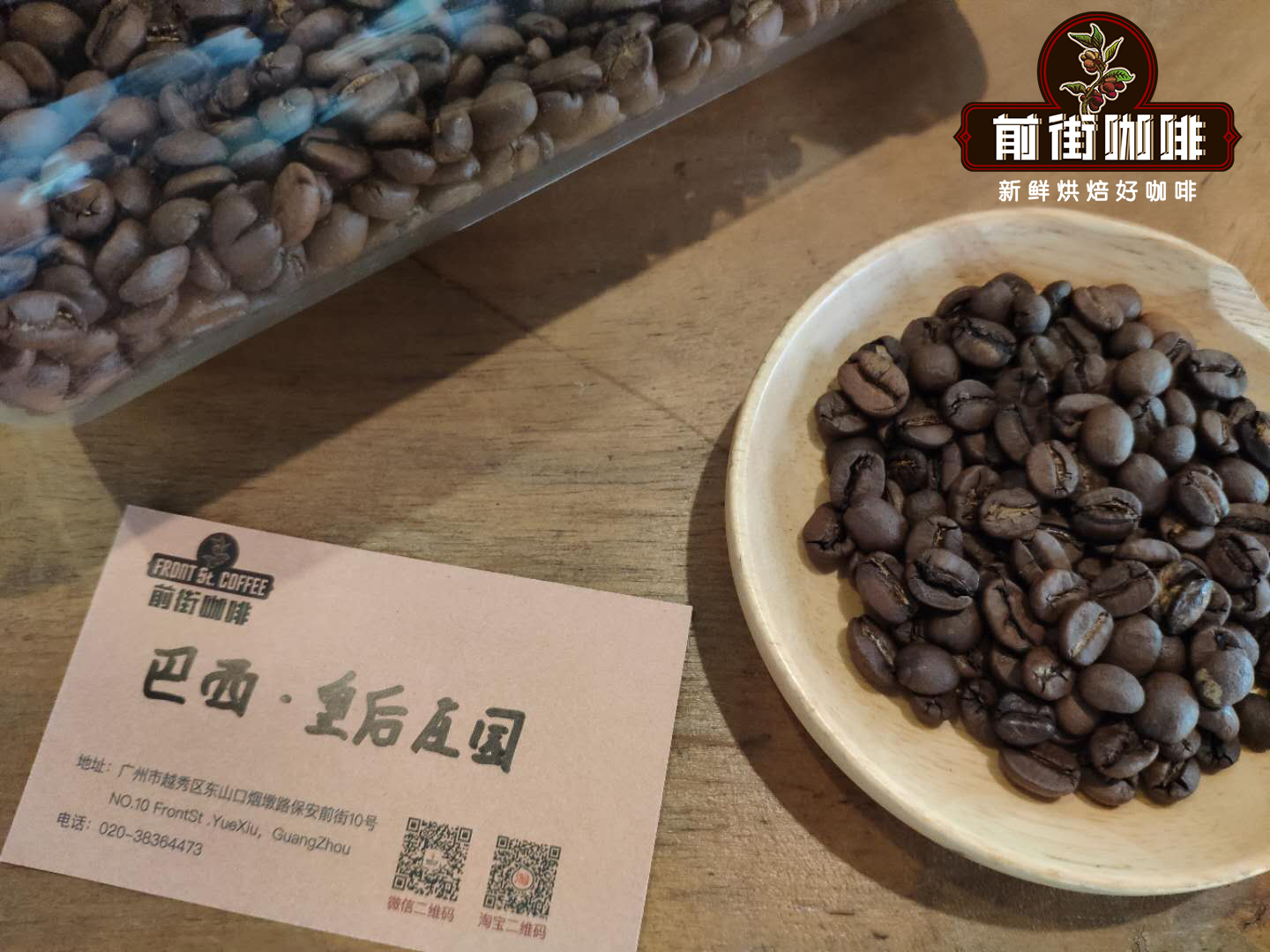
For more knowledge of boutique coffee, please add Qianjie personal WeChat account: kaixinguoguo0925
Important Notice :
前街咖啡 FrontStreet Coffee has moved to new addredd:
FrontStreet Coffee Address: 315,Donghua East Road,GuangZhou
Tel:020 38364473
- Prev
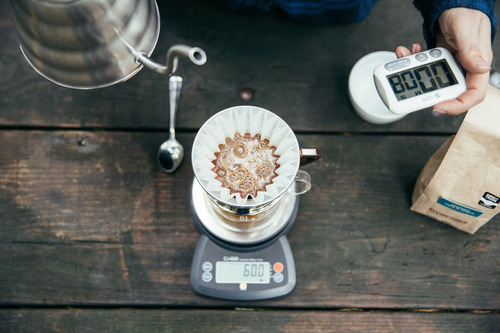
Is hand-made coffee really good? Why does coffee smell better than it tastes?
Communication of professional baristas Please pay attention to the coffee workshop (Wechat official account cafe_style) the smell of coffee is more enjoyable than drinking coffee, this is true, because most of the coffee aromas are volatile and can be felt by the sense of smell; some are volatile and water soluble, which can be felt by the sense of smell and taste; a few are water soluble and can only be felt by the sense of taste. A little sweet and sour wind
- Next
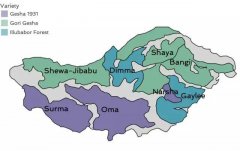
Raw bean file 2017 season Panama Jade Manor Red bid Rose Summer Geisha bidding Geisha washing treatment
The same thing, pronounced from a Japanese geisha. In 1931, a team of botanists visited southern Ethiopia and found a species of rose beans near the village of Gesha, with tall trees and larger seeds than ordinary Ethiopian beans. They take the seeds to Kenya, plant them in a nursery and grow up five years later, and they choose from the healthiest samples.
Related
- Beginners will see the "Coffee pull flower" guide!
- What is the difference between ice blog purified milk and ordinary milk coffee?
- Why is the Philippines the largest producer of crops in Liberia?
- For coffee extraction, should the fine powder be retained?
- How does extracted espresso fill pressed powder? How much strength does it take to press the powder?
- How to make jasmine cold extract coffee? Is the jasmine + latte good?
- Will this little toy really make the coffee taste better? How does Lily Drip affect coffee extraction?
- Will the action of slapping the filter cup also affect coffee extraction?
- What's the difference between powder-to-water ratio and powder-to-liquid ratio?
- What is the Ethiopian local species? What does it have to do with Heirloom native species?

